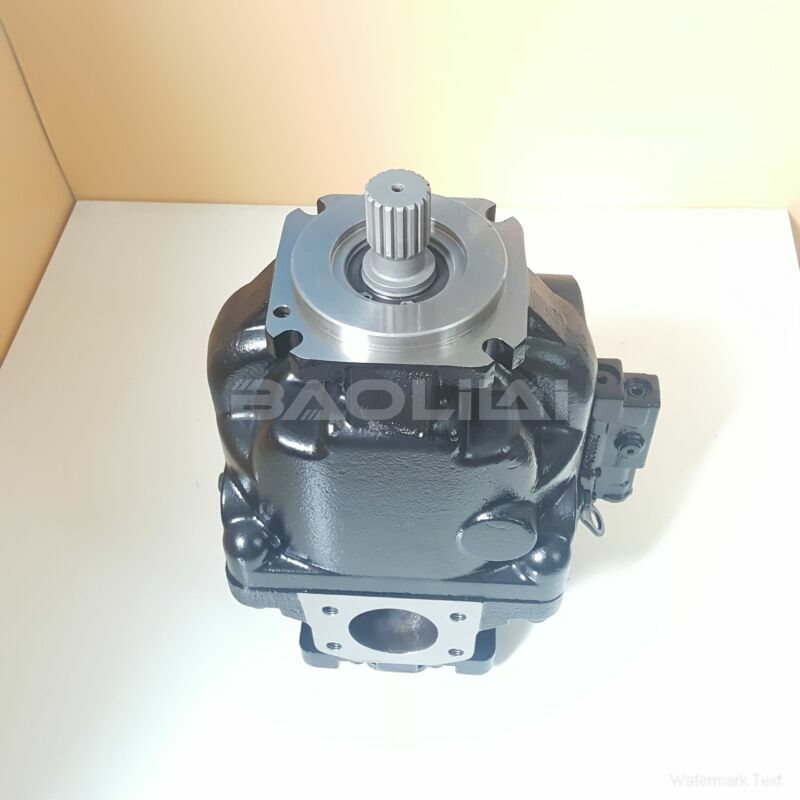ERR100BBS3020NNN3S4BPA1NAAANNNNNN hydraulic oil pump
ERR100BBS3020NNN3S4BPA1NAAANNNNNN hydraulic oil pump

- Product Details
- Applicable Scene
Regular maintenance and monitoring of hydraulic systems also play a crucial role in reducing noise and vibration. Wear and tear of components can exacerbate noise levels; therefore, routine inspections can help identify issues such as misalignment, leakage, or component degradation before they lead to substantial problems. Implementing a condition-monitoring program that uses sensors to detect vibrations can provide real-time insights and enable predictive maintenance strategies.
ER-R-100B-BS-30-20-NN-N-3-S4BP-A1N-AAA-NNN-NNN
ERR100BBS3020NNN3S4BPA1NAAANNNNNN
Furthermore, advanced noise and vibration control technologies, such as active noise control (ANC) systems and damping treatments, are being increasingly utilized in modern hydraulic systems. ANC systems use sensors and actuators to generate counteracting sound waves, actively reducing noise levels. Damping materials can also be applied to pump casings and surrounding machinery to absorb vibrations, leading to a quieter working environment.

7000172
In summary, reducing noise and vibration in hydraulic pumps is a multifaceted challenge that requires an understanding of fluid dynamics, mechanical design, and material science. By optimizing pump design, ensuring proper installation and maintenance, and employing advanced technologies, it is possible to significantly decrease the noise and vibration levels associated with hydraulic pumps. This not only enhances operational efficiency but also contributes to a safer and more comfortable working environment. As technology advances, further innovations in this field are expected, leading to quieter and more efficient hydraulic systems in the future.





